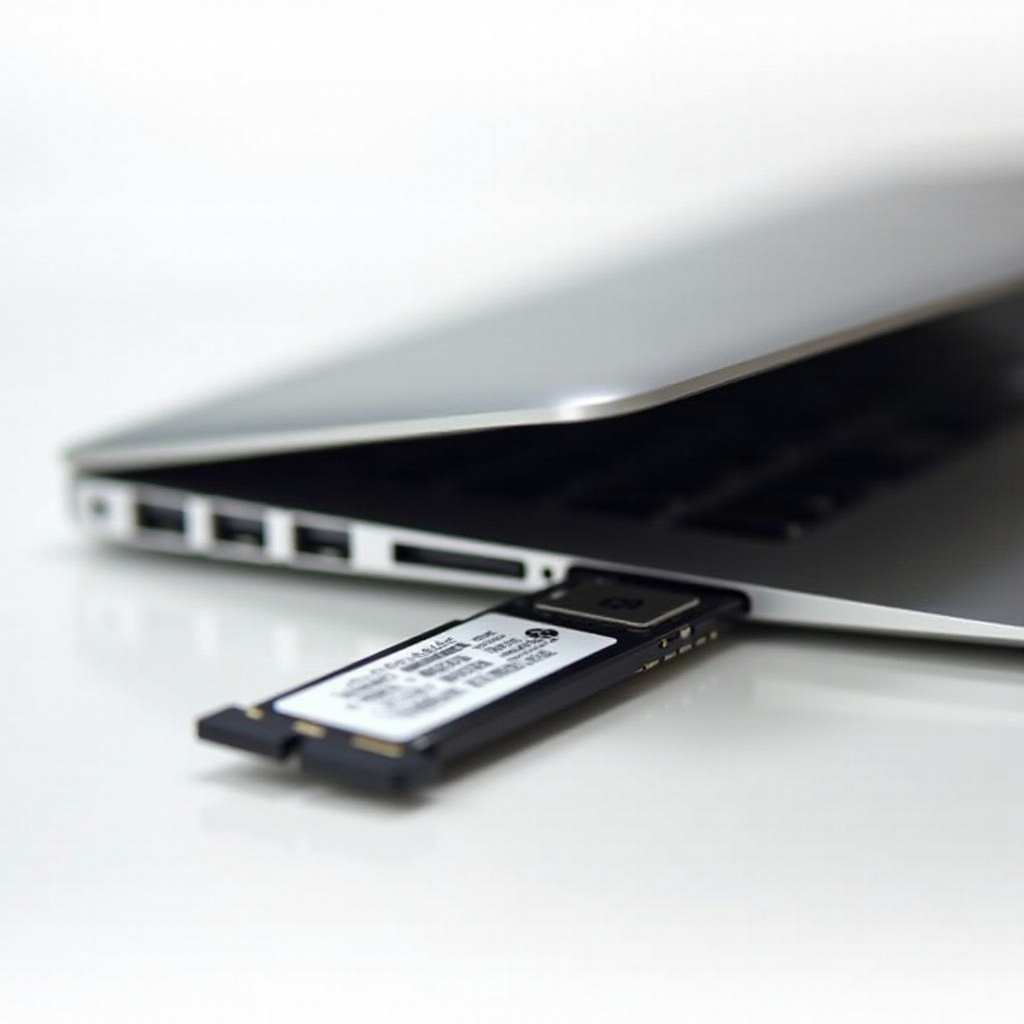Introduction
The MacBook Pro M1 has revolutionized the laptop market, and one aspect that contributes significantly to its stellar performance is the integrated SSD card. This tiny yet powerful component plays a crucial role in speeding up processes and enhancing user experience. Let’s delve into the intricacies of the SSD card in the MacBook Pro M1.

Understanding SSD Technology
What is an SSD?
An SSD, or Solid State Drive, is a data storage device that uses integrated circuits to store data persistently. Unlike traditional hard drives (HDD), SSDs have no moving parts, making them faster and more reliable.
The Evolution from HDD to SSD
Hard Disk Drives (HDDs) dominated the market for decades, relying on spinning disks to read/write data. This mechanical approach made them prone to wear and tear. The evolution to SSD brought a paradigm shift with its solid-state architecture, offering superior speed, durability, and energy efficiency.
Overview of MacBook Pro M1
Introduction to the M1 Chip
Apple’s M1 chip is a game-changer in the computing industry. It integrates the CPU, GPU, RAM, and other components into a single silicon chip. This design not only enhances performance but also improves battery life and power efficiency.
Key Features of MacBook Pro M1
The MacBook Pro M1 boasts several key features:
– Speed: Powered by an 8-core CPU and GPU, ensuring seamless multitasking.
– Battery Life: Up to 20 hours of battery life, perfect for prolonged usage.
– Unified Memory: 8GB or 16GB of unified memory for faster performance.
– Retina Display: A stunning display for clarity and color accuracy.

The SSD in MacBook Pro M1 Explained
Technical Specifications
The SSD in the MacBook Pro M1 is built with NVMe (Non-Volatile Memory Express) technology. This ensures extremely low latency and high data transfer rates. Available in capacities ranging from 256GB to 2TB, it caters to various storage needs.
Storage Options Available
The MacBook Pro M1 offers various storage options:
– 256GB: Suitable for users with moderate storage requirements.
– 512GB: For those needing more space for applications and media.
– 1TB and 2TB: Ideal for professionals who work with large files like video editing and software development.
Performance Metrics of M1 SSD
Read and Write Speeds
The SSD in the MacBook Pro M1 boasts impressive read and write speeds. With sequential read speeds of up to 3,400 MB/s and write speeds of up to 2,800 MB/s, it significantly reduces the time required for data access and transfers.
Benchmark Performance
Benchmark tests validate these speeds. Tools like Blackmagic Disk Speed Test show that the MacBook Pro M1’s SSD outperforms many competitors, making it a favorite among power users and professionals.
Advantages of SSD in MacBook Pro M1
Speed and Efficiency
SSDs are inherently faster than HDDs. This speed translates into quicker boot times, faster application launches, and smooth data transfers. Combined with the M1 chip, the SSD in the MacBook Pro M1 ensures a seamless and efficient user experience.
Power Consumption and Heat Management
The SSD consumes less power than traditional HDDs, contributing to the MacBook Pro M1’s impressive battery life. Additionally, SSDs generate less heat, which aids in better thermal management, ensuring your MacBook stays cool even under heavy workloads.

User Experience and Real-World Applications
Professional Use Cases
Professionals across various fields have praised the MacBook Pro M1’s SSD. Video editors benefit from faster file rendering, software developers enjoy rapid code compilation, and graphic designers experience smoother workflows.
General User Feedback
General users also have positive feedback. Faster boot times, snappier performance, and improved battery life enhance everyday computing tasks, making the MacBook Pro M1 a reliable companion for students, writers, and casual users alike.
Conclusion
The SSD card in the MacBook Pro M1 is a pivotal component that significantly enhances the device’s overall performance. It offers remarkable speed, efficiency, and durability, making it a worthy investment for both professionals and everyday users. Combined with the M1 chip, it elevates the MacBook Pro M1 to a league of its own.
Frequently Asked Questions
Can I upgrade the SSD in my MacBook Pro M1?
No, the SSD in the MacBook Pro M1 is soldered onto the motherboard and is not user-upgradable. It is advisable to choose the storage option that best fits your needs at the time of purchase.
How does SSD impact battery life in MacBook Pro M1?
The SSD’s lower power consumption compared to HDDs contributes to the MacBook Pro M1’s extended battery life, allowing for longer periods of use without needing to recharge.
What are the warranty terms for the SSD in MacBook Pro M1?
The SSD in the MacBook Pro M1 is covered under Apple’s standard one-year limited warranty. You can also extend this coverage with AppleCare+, which provides additional repair and support options.


